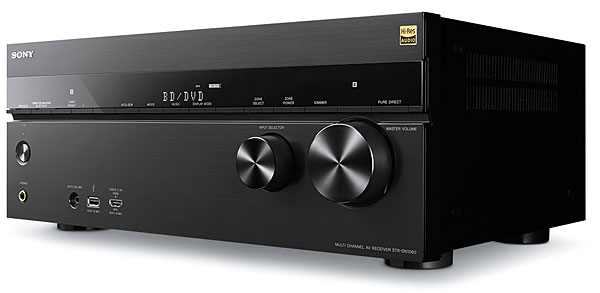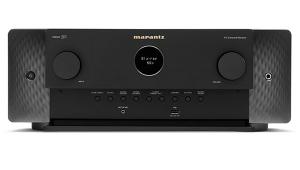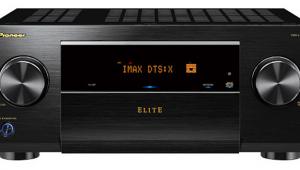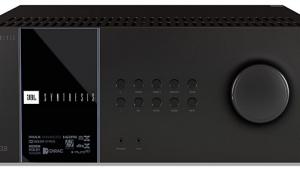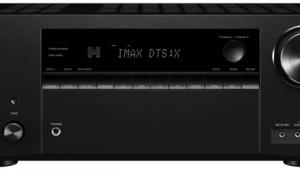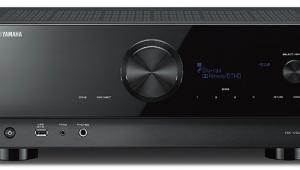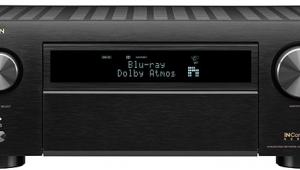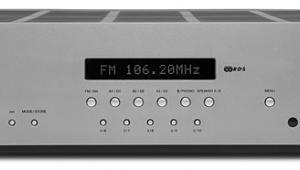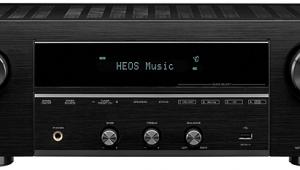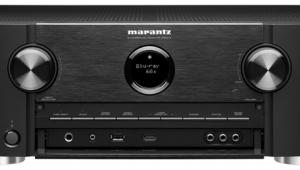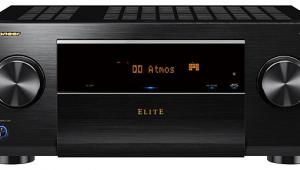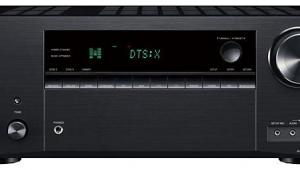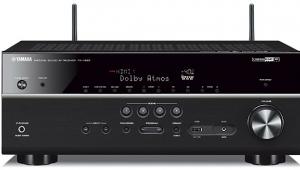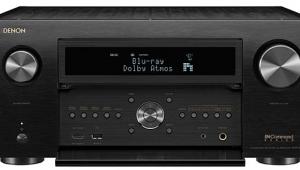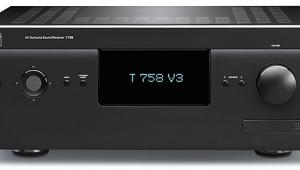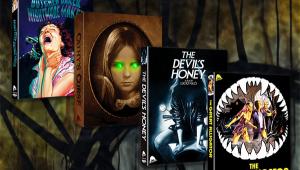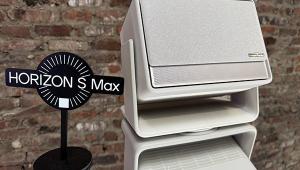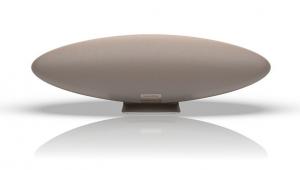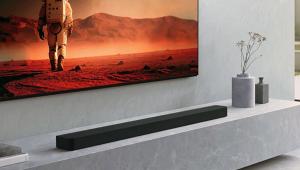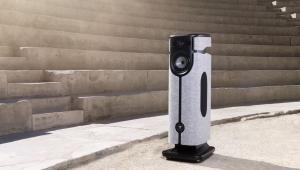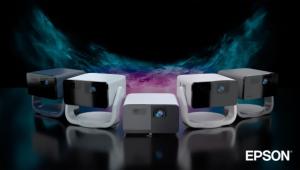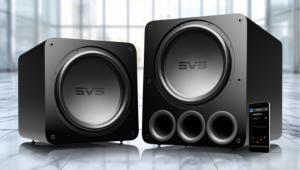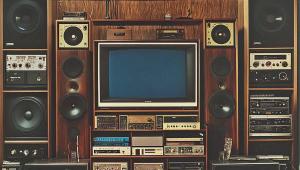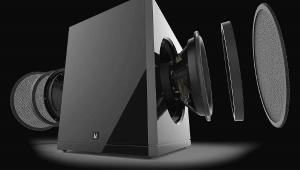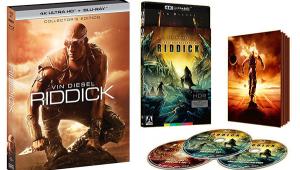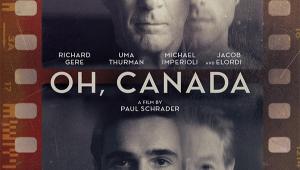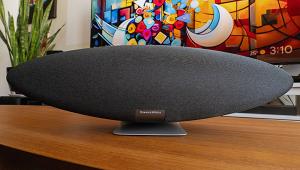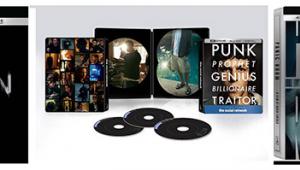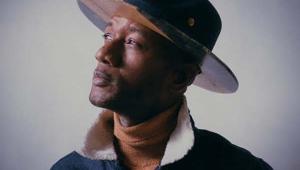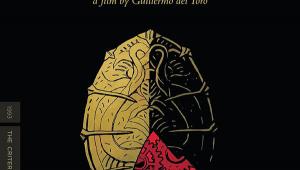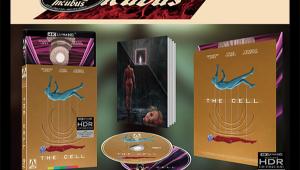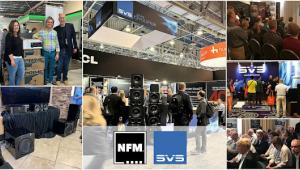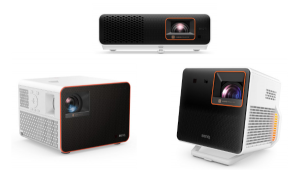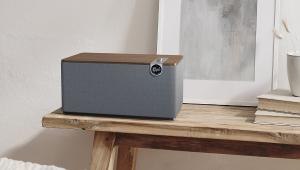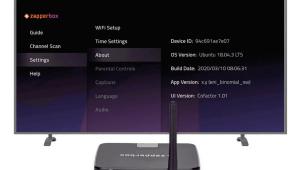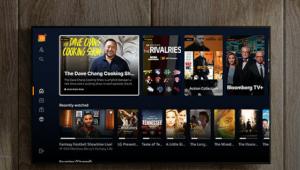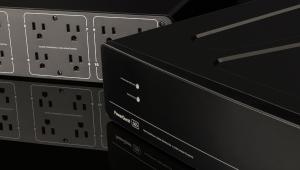"What I call the triple-threat..."
Threat: "a statement of an intention to inflict pain, injury, damage, or other hostile action on someone in retribution for something done or not done."
TREAT: an event or item that is out of the ordinary and gives great pleasure.
Having Wi-Fi, AirPlay, and Bluetooth would be a triple *treat*, as in the ice-cream, three flavors of goodness.
Having a triple *threat* receiver would make no sense. Every story you spell it this way. Why? What am I missing?
Now if you will excuse me I have to go shout at some clouds.
 Lone Survivor, with Mark Wahlberg in a real-life story about Navy SEALs fighting the Taliban, made the case for the Sony as an action-movie receiver. But then, music-savvy receivers usually excel with movies, too. Not only was there a master volume setting that reconciled low-voiced dialogue with aggressive effects, but there was a generous range of such settings, making it easy to pick one suitable for the time of day and settle into the movie. In the contest between HD-D.C.S. and A.F.D., what I came to think of as the cinema magic setting won for its heightening of full-soundfield effects, turning forest shootouts and the blat-blat-blat of helicopters into palpable sensations. It also thickened bass almost to excess and added a delay-related blur to voices, but the net effect was worth it. It was the difference between “this is an accurate rendering of the movie soundtrack—I’m OK with it” and “this is cool—I’m loving it.”
Lone Survivor, with Mark Wahlberg in a real-life story about Navy SEALs fighting the Taliban, made the case for the Sony as an action-movie receiver. But then, music-savvy receivers usually excel with movies, too. Not only was there a master volume setting that reconciled low-voiced dialogue with aggressive effects, but there was a generous range of such settings, making it easy to pick one suitable for the time of day and settle into the movie. In the contest between HD-D.C.S. and A.F.D., what I came to think of as the cinema magic setting won for its heightening of full-soundfield effects, turning forest shootouts and the blat-blat-blat of helicopters into palpable sensations. It also thickened bass almost to excess and added a delay-related blur to voices, but the net effect was worth it. It was the difference between “this is an accurate rendering of the movie soundtrack—I’m OK with it” and “this is cool—I’m loving it.”
